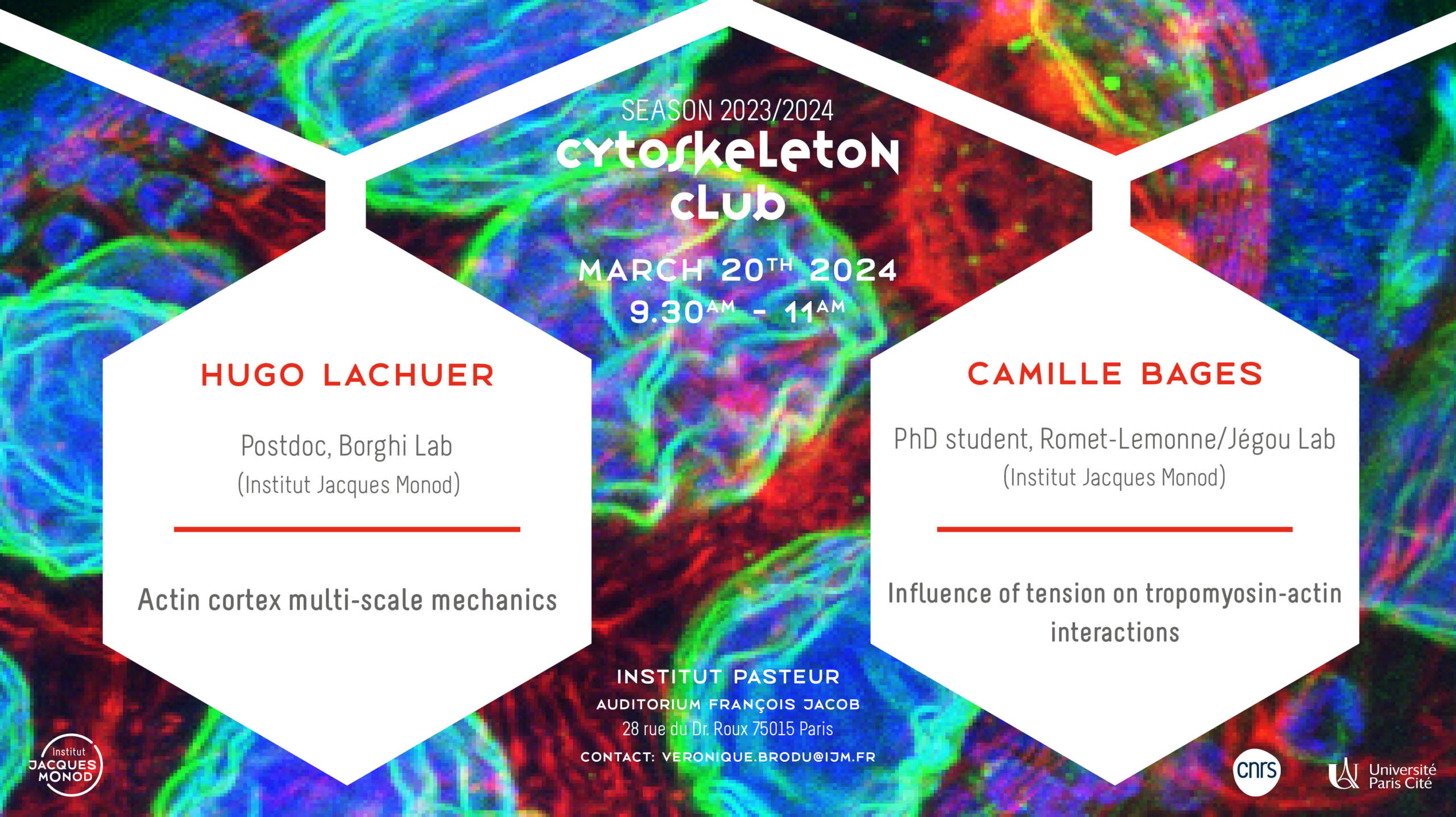Invited by the Ribes Lab, Mustafa Mir (Assistant Professor of Cell and Developmental Biology, University of Pennsylvania, Children’s Hospital of Philadelphia, and Howard Hughes Medical Institute) will present an Institut Jacques Monod Seminar on the theme:
Molecular kinetics of gene regulation during embryonic development
Abstract:
During early development gene expression patterns progressively emerge as cell fates are…










